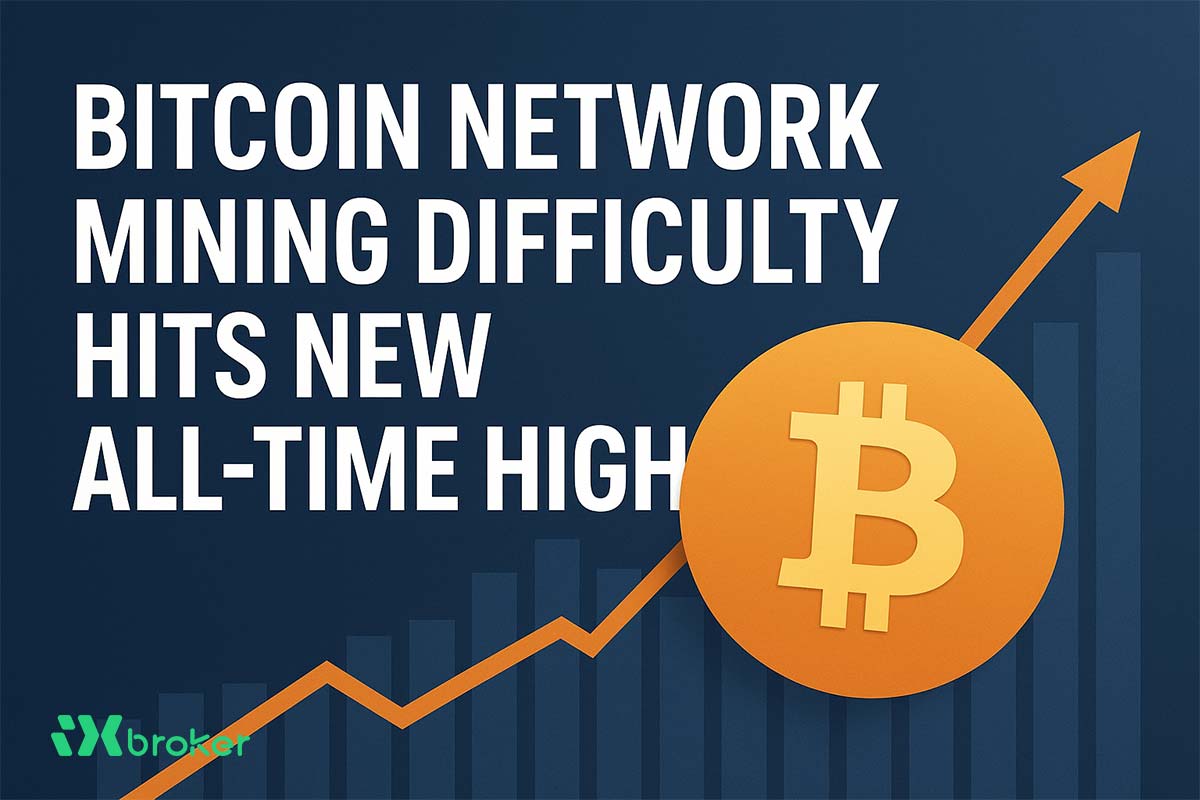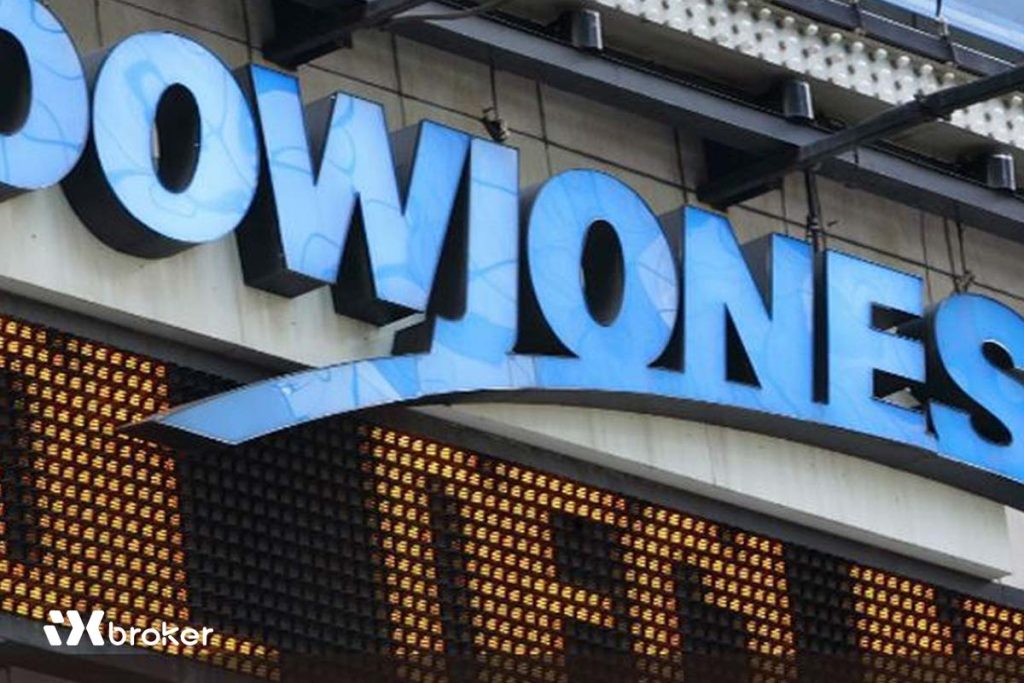The Bitcoin (BTC) network has reached a new milestone, with mining difficulty climbing to an all-time high of 134.7 trillion on Friday. The latest adjustment comes after steady increases throughout August, despite earlier projections suggesting a decline.
Rising difficulty, falling hashrate
According to CryptoQuant, Bitcoin’s hashrate — the average computational power securing the network — has slipped to 967 billion hashes per second, down from its record high above 1 trillion on August 4.
Higher mining difficulty, coupled with a slight hashrate retreat, has created tighter operating conditions for large mining firms already navigating narrow profit margins in a highly competitive sector.
Centralization concerns
As mining becomes more resource-intensive, analysts warn of greater centralization risks, with larger corporations and industrial mining pools consolidating their dominance. Smaller operators face increasing barriers to profitability as costs for equipment and energy continue to climb.
Solo miners still finding success
Despite the growing influence of institutional players, some solo miners continue to beat the odds. In July and August, three independent miners successfully validated blocks through the Solo CK Pool, each securing block rewards of around 3.125 BTC (valued at $344,000–$373,000 at the time).
- On July 3, one miner added block 903,883, earning nearly $350,000
- On July 26, another secured block 907,283, claiming over $373,000
- On August 17, a third miner mined block 910,440, taking home a reward worth $373,000
These rare successes highlight that while industrial-scale mining dominates, solo miners can still occasionally strike gold on the Bitcoin network.



